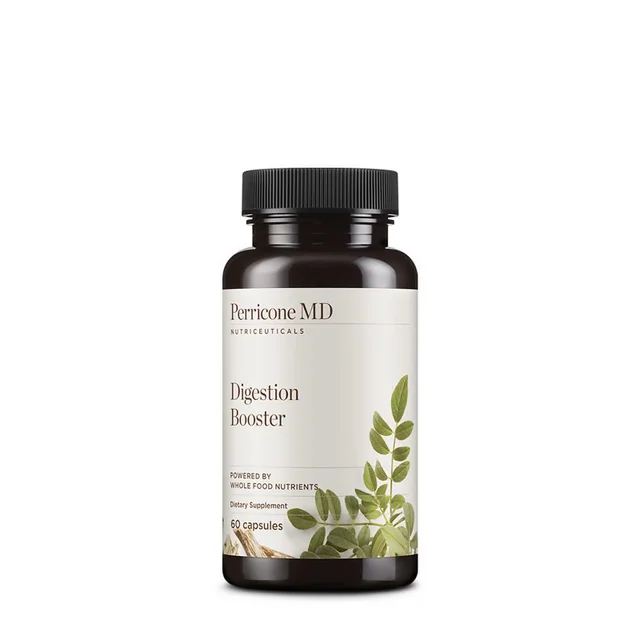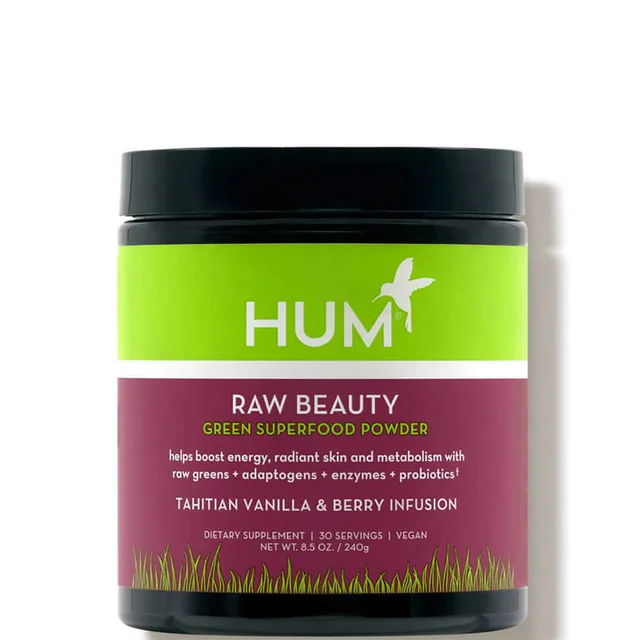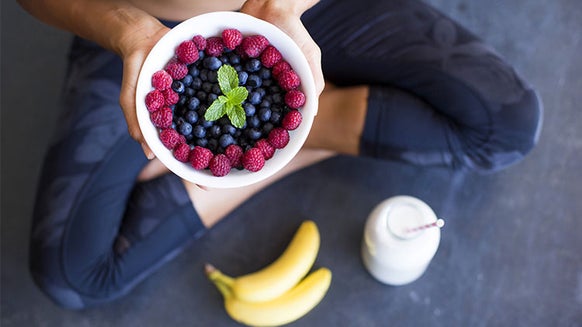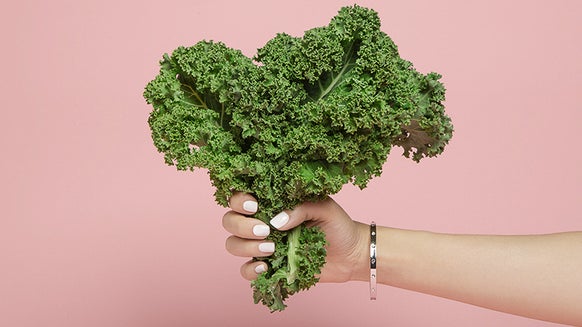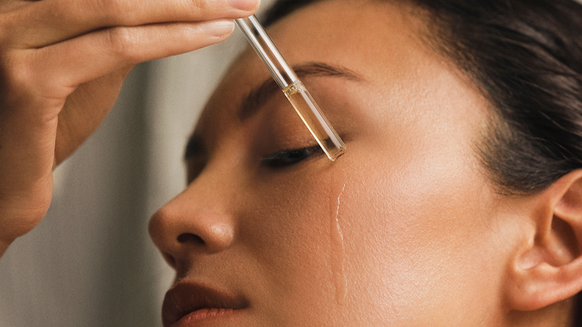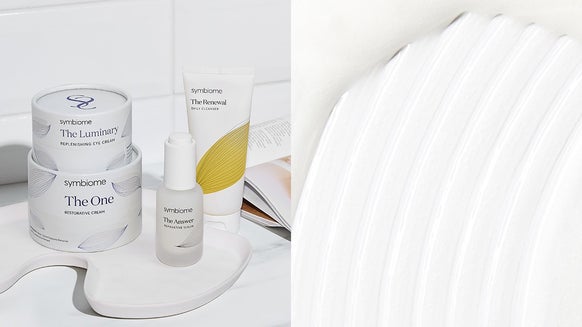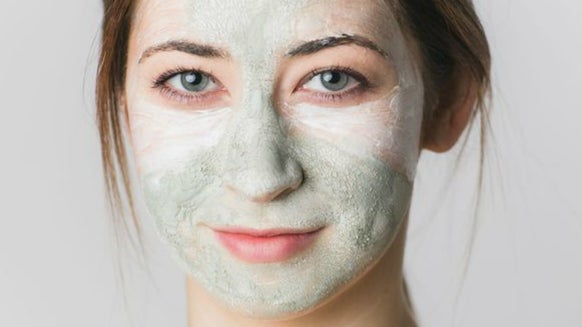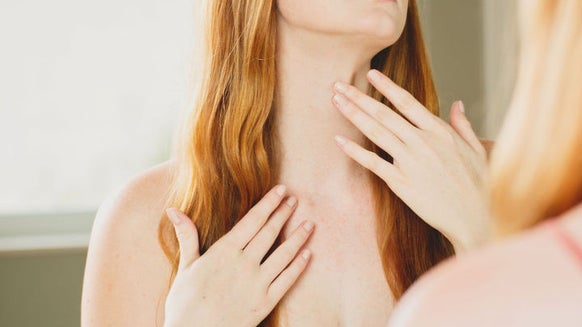9 Best (and Worst) Foods for Your Skin
When it comes to maintaining a healthy diet, you probably strive to eat as nutritionally sound as you can, while allowing yourself to have a slice of cake here and there. Everything in moderation is the right mantra to prescribe to, but if you notice your cheat days are changing more than your waistline and causing you to break out, you might want to turn to your diet to solve your skin issues. As dermatologist, Dr. Janet H. Prystowsky explains, “Our skin reflects our overall health, so a well-balanced diet will help improve your skin’s natural glow.”
Though it’s a smart idea to speak with your trusted dermatologist or a nutritionist if you suspect your menu choices are causing you to have flare-ups or acne, this guide introduces you to the best—and the worst!—foods for your skin. (And psst: some of these foods, like fruits and veggies, can be found in beauty products, so you can do more than nibble on them, but apply them directly to your pores, too!)
The Best Foods for Your Skin
1. Salad
According to a recent study, combining two vitamin all-stars—E and C—can protect your skin against UV damage. That’s why switching up your go-to salad ingredients during the summer could be a smart idea—not only for your belly, but for your sun-kissed skin, too. Rizzo suggests putting together a concoction of vitamin-rich ingredients, like sunflower seeds (which are high in vitamin E) and spinach (a valuable source of vitamin C). Not a fan of Popeye’s favorite can of goodies? No worries! Dr. Prystowsky adds that many fruits also offer vitamin C, which in addition to fighting harmful sun rays, also helps your skin maintain its youth.
“Collagen is important for maintaining the structure of the skin sort of like scaffolding. If there is not enough, blood vessels lose support and begin bleeding. Vitamin C is found in high-concentration citrus fruits like lemons, oranges and grapefruits,” she explains.
Director of Cosmetic and Clinical Research in Dermatology at Mount Sinai Hospital in NYC, Dr. Joshua Zeichner, adds that green, leafy vegetables are rich in antioxidants that neutralize free-radical damage. “Like fire extinguishers, they put out inflammation in the skin that lead to collagen damage and premature skin aging,” he says.
2. Salmon, Tuna and Mackerel
If your first response to “what’s your favorite food?” is always “seafood”—you’re in luck, from a skin care perspective. Since many ocean-bred species are rich in essential fatty acids, like omega 3, Rizzo explains that they keep your skin healthy, protected and dewy. In fact, a recent study found that omega-3 fatty acids may play a role in the prevention of non-melanoma skin cancer. You’ll find these all-stars in salmon, tuna and mackerel, to name a few.
3. Coffee or Tea
Before you begin to chug on as much coffee as you can get your hands on, Dr. Prystowsky advises resisting going overboard. While she says coffee (or tea) can help prevent sun damage because of the polyphenols that absorb the free oxygen radicals produced in our skin from ultraviolet rays, too much caffeine can be cumbersome. How come? It can cause puffiness! A cup of joe or your favorite tea in the a.m., though? Go for it!
4. Olive Oil
Perhaps the countries lining the Mediterranean—from Greece and Croatia to Spain and Italy—had the right idea when they decided to include olive oil in every meal. Not only is it a heart-healthy salad dressing, dip or cooking essential, Rizzo notes recent research has shown that including olive oil in your diet also helps to fight signs of skin aging, too.
The Worst Foods for Your Skin
1. Fried, Greasy Foods
We all have a hankering for something deep-fried and delicious from time to time, but your skin might not be so happy with your chicken-wing night. As registered dietitian, Natalie Rizzo, MS, RD explains, because these foods can cause you to pack on the pounds and increase inflammation, your skin becomes irritable, too. Another downfall to your beloved donut habit? The aftermath that’s on your hands post-breakfast, Dr. Prystowsky says. “Eating greasy food won’t make you break out in acne. However, getting grease on your face could certainly clog a pore or two,” she explains.
2. Dairy
You probably have a friend (or a friend of a friend) who reported that their skin cleared up once they cut dairy out of their diet completely. Dermatologist Dr. Tsippora Shainhouse, MD, FAAd, says several studies have indicated a link between dairy intake and acne flares. Though everyone’s response to cheese, ice cream, yogurt and milk will vary, she explains the most common culprit of breakouts were associated with the consumption of skim milk. She says the verdict is still out, but many dermatologists speculate the cause is tied to the added growth hormones and growth factors within milk itself, which can lead to consistent breakouts. “Most milk is sourced from pregnant dairy cows, who have high levels of circulating progesterone, insulin-like growth factor and other hormones that human bodies convert into dihydrotestosterone (DHT). These hormones can send oil glands into overdrive, which can trigger acne in susceptible people,” she explains.
To test the theory on your own skin, try cutting out dairy for a month and gradually adding it back in to see if your zits lessen or increase. And if you find that milk isn’t a friend to your skin, but a foe? Dr. Shainhouse suggests trying almond or rice milk instead. Just make sure to add in a vitamin D supplement to ensure you’re still getting the minerals your body needs.
3. Alcohol
Though it’s likely unreasonable that you’d cut out alcohol forever, if you’re noticing frequent breakouts after a streak of back-to-back happy hours, Dr. Shainhouse says booze might be to blame. Why? For a number of reasons: first, alcohol dehydrates your skin, which leaves it more sensitive than it already is to environmental factors and topical agents. And if you suffer from acne rosacea, alcohol can also make your skin redder and more prone to acne lesions.
4. Sugar
You may have heard your doctor refer to high-glycemic foods before, but do you know what those are? Dr. Shainhouse explains they’re foods that index super high for sugar content. You might instantly think of cookies, candies and other sweets, but don’t forget about carbohydrates that convert into sugar when processed, like bread, grains and pastas. This food group can increase inflammation in your body, which, in turn, Dr. Shainhouse notes, can encourage acne flare-ups. Similar to determining if dairy is a good or bad idea for you, try limiting the amount of high-glycemic foods you consume for a month to see if your skin clears up. She also notes to always check nutrition labels to figure out just how much sugar you’re getting with each bite, nibble or swallow.
5. Whey Protein
When you’re trying to shed weight or build muscle, a bodybuilding pal might suggest you try whey protein to keep you fuller longer. Though it may work to help you reach your target physique, Dr. Prystowsky explains that it could also make you break out. “The problem with whey is that it contains an insulin-like growth factor that stimulates the body’s production of insulin and androgens. The increased insulin and androgen production increases sebum production in the skin, resulting in acne,” she shares. If you want to keep digesting whey as part of your diet, she recommends switching to a non-milk protein to alleviate your acne. And if that doesn’t work? You might have to break this habit altogether.

From the latest hair and makeup trends to the best solutions for your skin issues, we've got all your beauty concerns covered!
